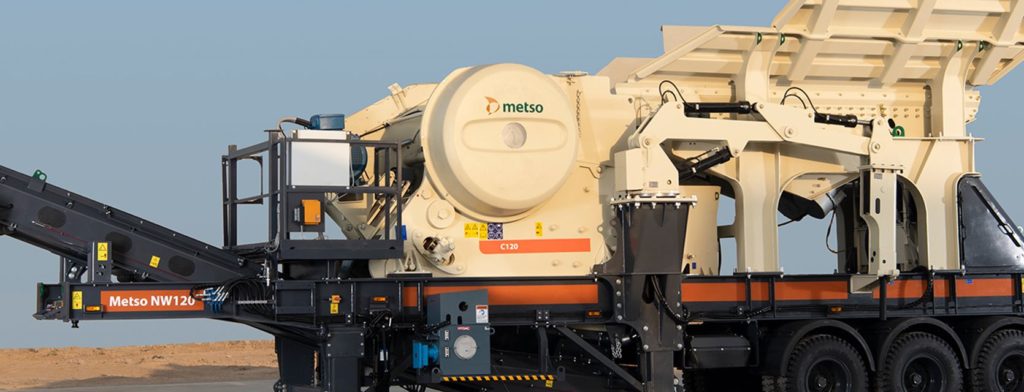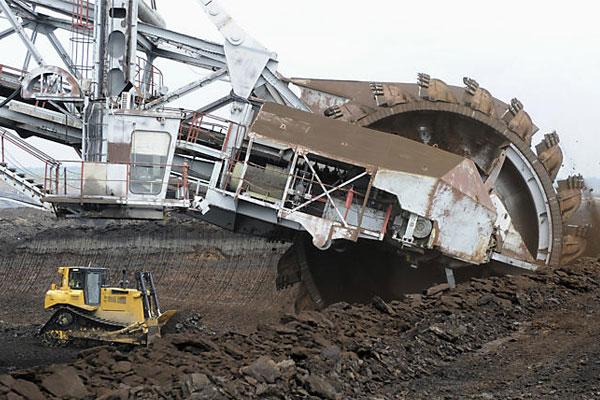The development of high-performance equipment, with increased automation, has made the extraction of ores without declining the grades comparatively cheaper, in turn, propelling the growth of the mining equipment market. The increasing number of mineral exploration sites and the subsequent demand for advanced processing machinery has contributed to the growth in the mineral processing equipment segment of the mining equipment market. There are different types of mining equipment which is in demand in India. Each of them is discussed below.
Different types of mining equipment in India
Jumbo drill rigs for mining
There has been the development of new-age underground jumbo drill rigs as well. The rigs are equipped with up to four booms, covering cross-sections. This comes with a reliable Direct Control System, DCS, or with the computerized Rig Control System to which different levels of automation may be added. Several models of the face drill rigs are available with an optional zero-emission battery-electric driveline. New generation mining drills are available in a variety of feed lengths, boom configurations and carrier size class are productive solutions for all mining types. When you need to meet your drilling and blasting needs at the lowest cost per meter drilled, these powerful and reliable systems make P&H drills your best choice. The powerful and rugged rotary carriages can provide ample torque and bit loading through the toughest rock conditions in the world.

Dump trucks for mining
Modern dump trucks come with customized cylinder engines designed to ensure excellent driving characteristics, high reliability and excellent fuel efficiency. The engine’s power is available virtually from idling speed, which ensures excellent starting traction. This power stays with you throughout and maximum torque is available high up the rev range A wide economic speed range of 1050-1600 rpm helps to get the maximum fuel efficiency.

Crusher for mining
From large primary jaws and gyrators to cone and impact crushers for tertiary and quaternary finishing, modern crushing equipment is manufactured to meet your material reduction requirements. The crushers are built to perform with the lowest cost per ton, featuring a unique combination of crusher cavity design, crushing forces, reliability and safety. Chambers with heavy, durable plates or jaws are the main components of most crushing equipment. After the raw material is fed into the crusher, the plates come together to reduce the size. These heavy-duty plates move both up and down, creating enough force and pressure to reduce the size of the material significantly. Crushing equipment is specially configured to break down the hard rock matter or gravel to a manageable size for transportation or conveying.

Customized Belt conveyors for mining
Belt conveyors are now being customized and combined in an endless array of configurations, making each handling system as unique as the material it carries. The diverse configurability of belt conveyors has made them essential in feeding process operations, transporting material to the storage, and navigating material through load-out. They can automate otherwise-arduous tasks, reduce labor requirements and human-material interaction, and effortlessly maneuver through difficult terrain and spatial restrictions. There are several types of conveyors, namely, in-plant, overland, pipe, shiftable, extendable and relocatable and underground.

Feeder for mining
Modern feeding equipment is engineered and designed with an intense commitment to quality and attention to detail, providing many years of service life. In modern feeding equipment when the plate feeder works, the electromotor and the reducer drives the sprocket with an alveolus structure to rotate, so that the hauling chain that engages with the chain wheel will drag the material through in which there are materials to move forward. The supporting device-hauling chain moves on the thrust wheel and the riding wheel props with the conveying through to bear the weight of the materials and the running devices. The materials are pushed from the storage bin above the tail to the conveying trough, and move along with it to the chute mouth with housing and then are discharged. Feeding equipment is ideally suited for feeding large, lumpy, abrasive and heavy materials during wet, sticky, or frozen operations.

Screeners for mining
Modern models produce a unique gyratory vibration motion that creates a more even product distribution, and it can be extremely useful in separating materials with different shapes in different angles. The unit’s easy-tension screening material allows operators to make minute adjustments without extended downtime. These models of rectangular screeners and separators are designed and oriented to improve mining materials processes by separating different materials sizes as well as de-dusting mining materials from unwanted undersize particles. Modern screens are injection moulded or hand casting a combination of high-quality materials. They are added with specialized aperture configurations which reduce pegging and blinding.

Conclusion
With the mining industry moving forward many of the systems surrounding the industry will require new skills and training. Workers will be required to possess a new set of skills needed to operate new machinery, new technology, or work along-side and support automated systems.
Image Source: cat.com, metso.in, writgen.in, volvo.com, powerscreen.com, sandvik.com, anywayengineering.co.za, ni.com


